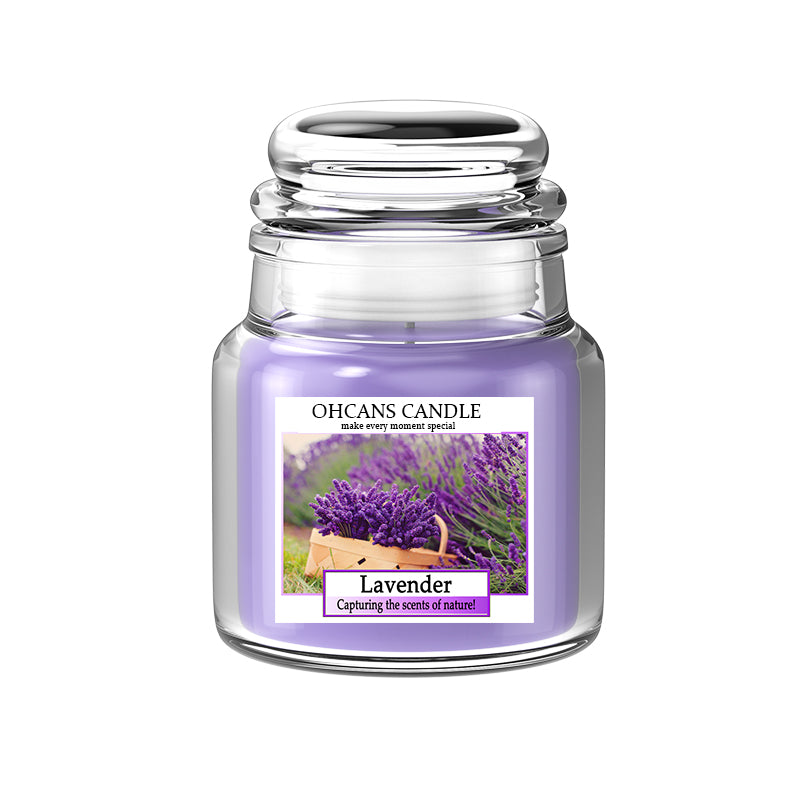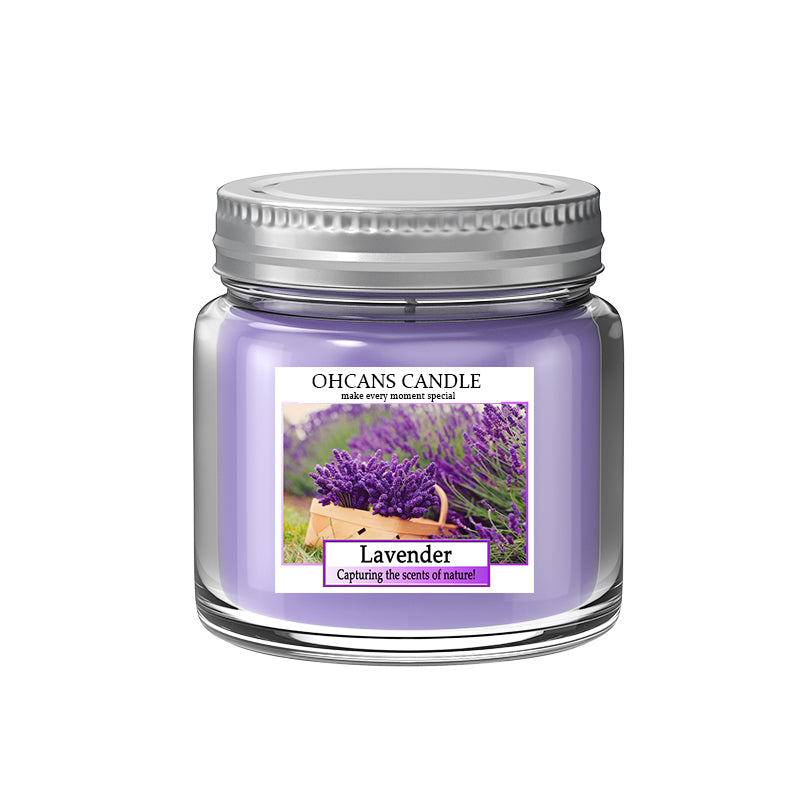How To Pick Out Your First Candle Wick?
Why Candle Wick Plays An Important Role in Candle Lifespan?
Candle lifespan is often an asepect that first time candle owners choose to ignore. The specific type of candle wicks. the exact size of the candle wick will certainly impact the duration of the candles. As a matter of fact, the length and material of the wick determine the amount of wax consumed during each burn cycle. Common materials, such as cotton, wood, and hemp are used in crafting wicks,
What is a Candle Wick?
You may be curious, what is the purpose of having a candle wick in the first place? A candle wick is tipically made of braided cotton or wood chips. The wick functions by deliver feul in the form of wax to the flame. Technically, the wick in this case act as an energy source , by drawing the liquid form of wax to the tip of the flame,

How Is the Length Of the Wick Important?
A small wick can cause an incomplete burn, causing tunneling, while a large wick can create a large flame, causing the candle to burn too quickly and potentially causing soot.
Tunneling refers to the gigantic "sink hole" that is hard to ignore. This issue reduce the direct burning time of your candle. The wax does not melt evenly across the surface. The wax underneath the flame melt drastically, whreas the surrounding wax remains hard. As the wick descends deeper into the wax without any wax remaining for it to burn, without enough oxygen to sustain itself. The candle will burn out for sure.
Soot formation is essentially a form of accumulated carbon particles. A large flame is often an indication of incomplete combustion, meaning that there is not enough oxygen to burn the wax completely. If you wish to know more about how to detect a high flame, please visit other blog created by Ohcans Candle.

What are candle wicks made of ?
There are numerous styles and size of candle wicks avialble on the markets. A reputable candle wick manufactuerer like Ohcans Candle will for sure choose the right size, shape , and material for your candle.
In order to acheive a slow and consistant burn, carefully look for braided, plaited or knitted fibers on the manufacters label when selecting candles wicks. In general, braided, or knitted fibers are of higher quality.
Differen Types of Wicks

Maximizing Candle Lifespan
In order for your candles to last longer, you may want to follow these strategies:
1. Trim the wick regularly before each use to ensure an even burn and prevent soot formation.
2. Proper storage: Store candles away from direct sunlight exposre. Ideally in a cool, dry place to prevent melting. The wax may loose its shape under high temperature.
3. Utilizing candle accessories: Use candle snuffers and wick dippers to better take care of your candles to ensure cleaner burns.
Wick Trimming Guide:
A Step By Step Wick Trimming Guide
1. Before you begin to trim your wick, find a comfortable working area. In most cases, you want to find a place with good ventilation and air flow. Remeber, your candle is still burning at this instant.
2.Inspect the wick before trimming. Idealy, you want to inspect the wick before trimming. You want to make sure that the candle wick is cooled off before burning.
3.Simply use the wax trimmer above 1/4 inch above the wax.
4.After you trim the wax, you want to make sure that your wax pool is free of debris. This is because too much debris can lead to potential fire. To much debris can increase the potential of fire hazard. You do not want your furnitures to catch fire all of a sudden.
5.Recenter the wick if needed. As you are trimming off your wick, it may shift. Therefore, you can try to center it when the wax is still soft to touch.




Leave a comment